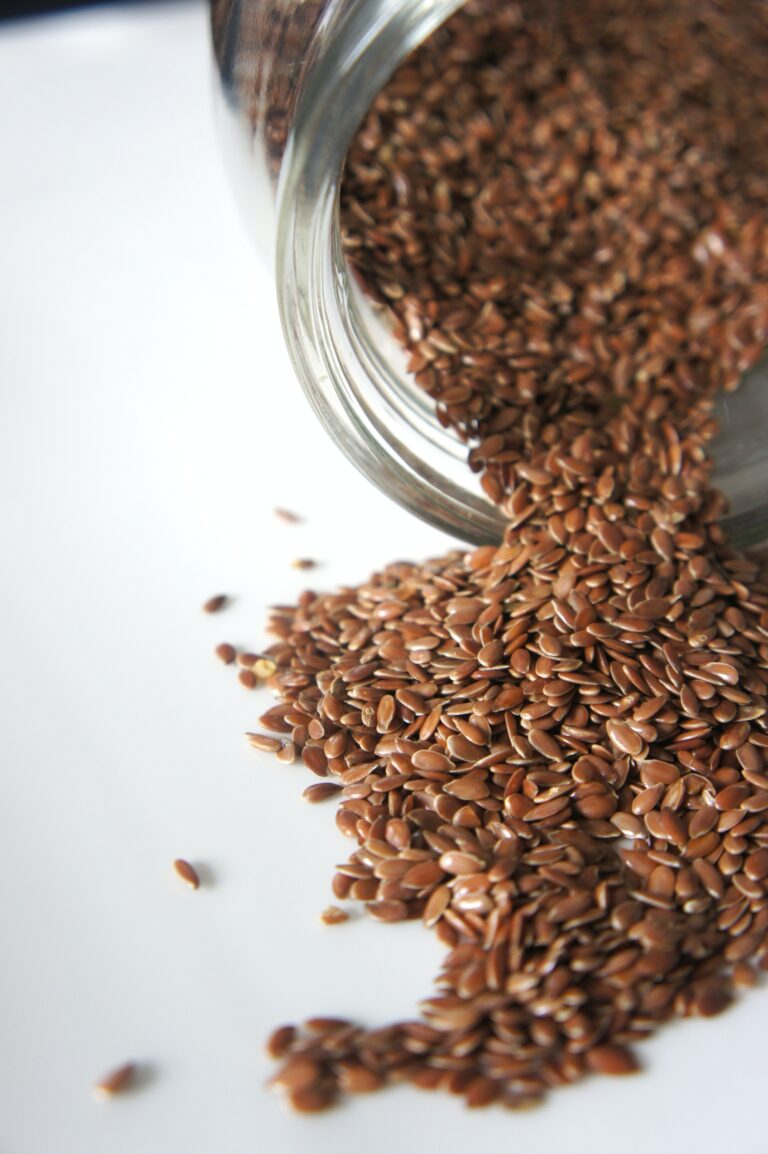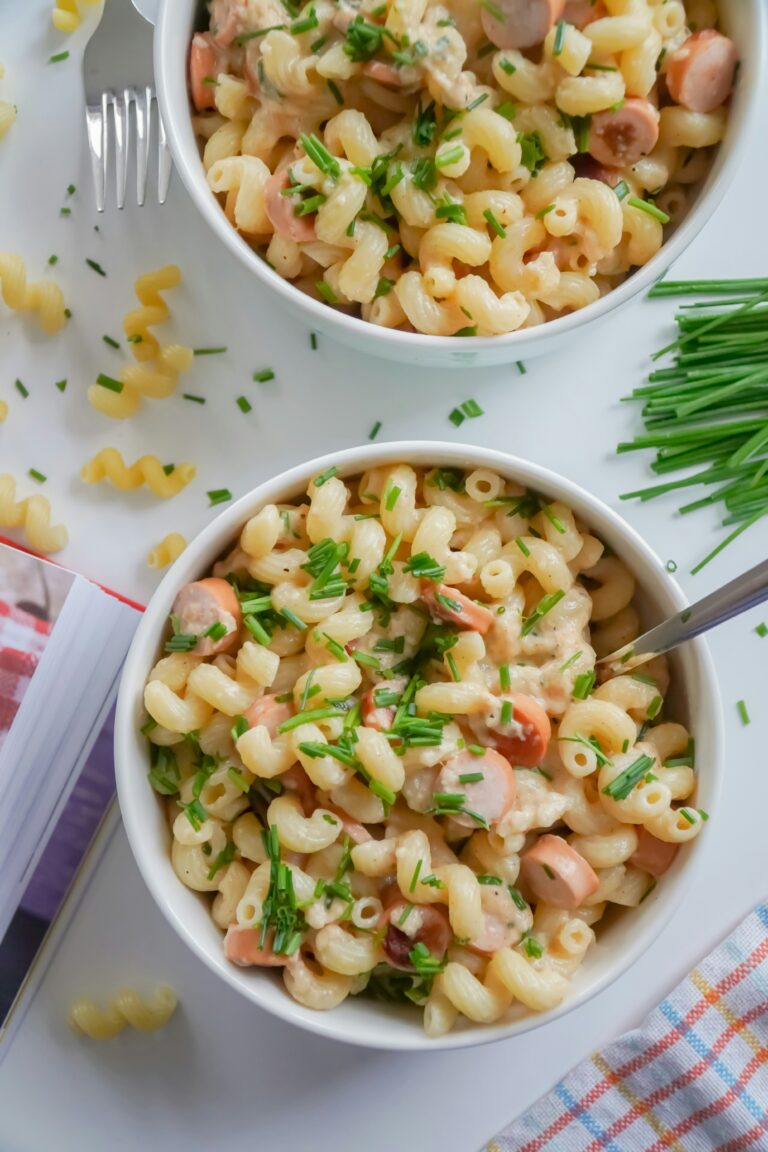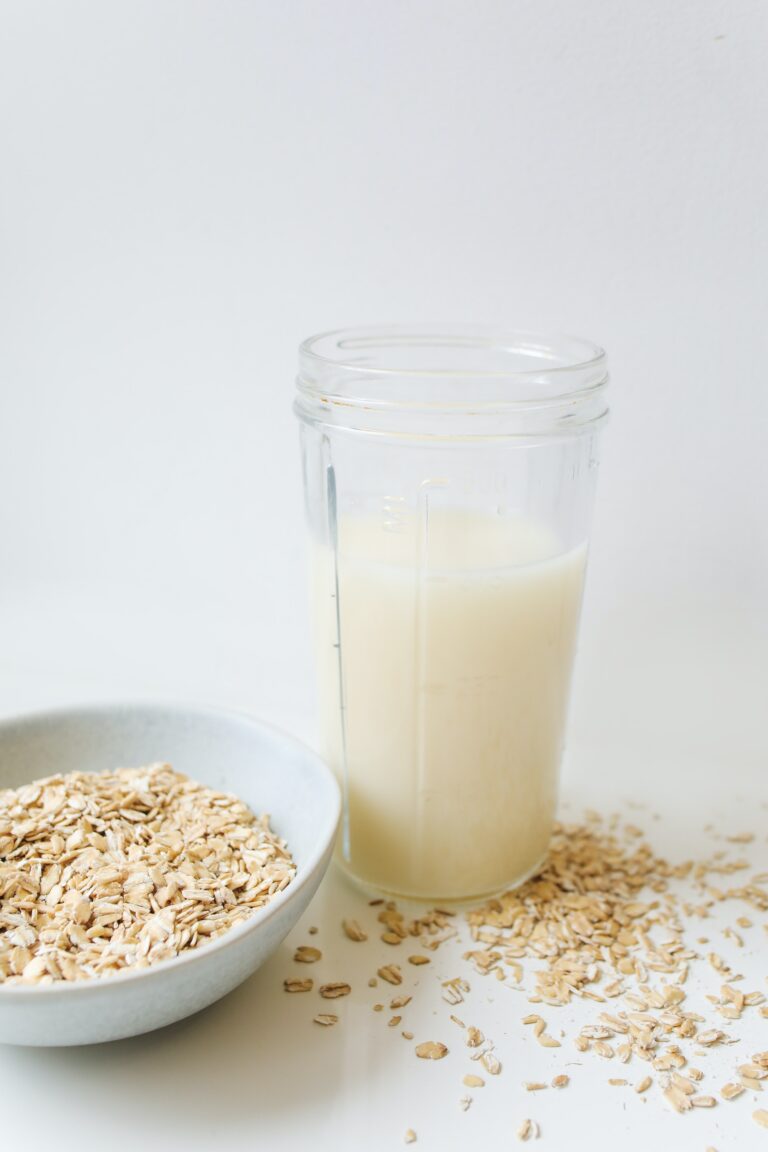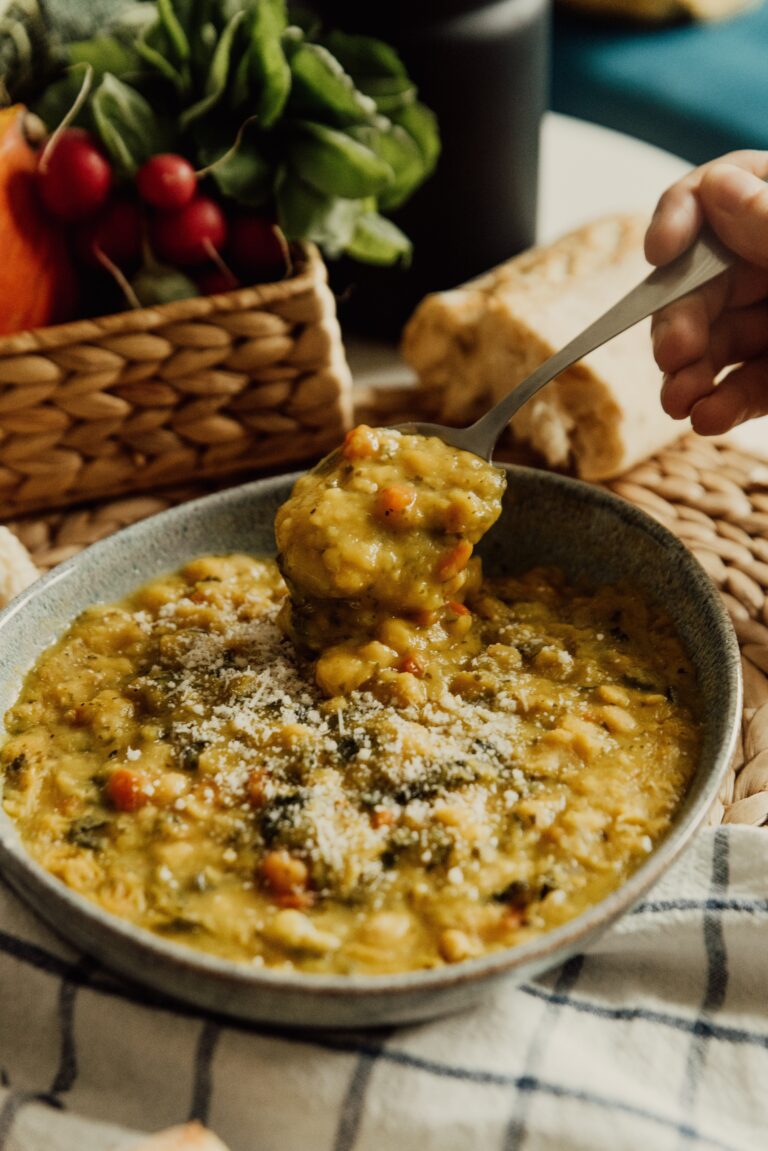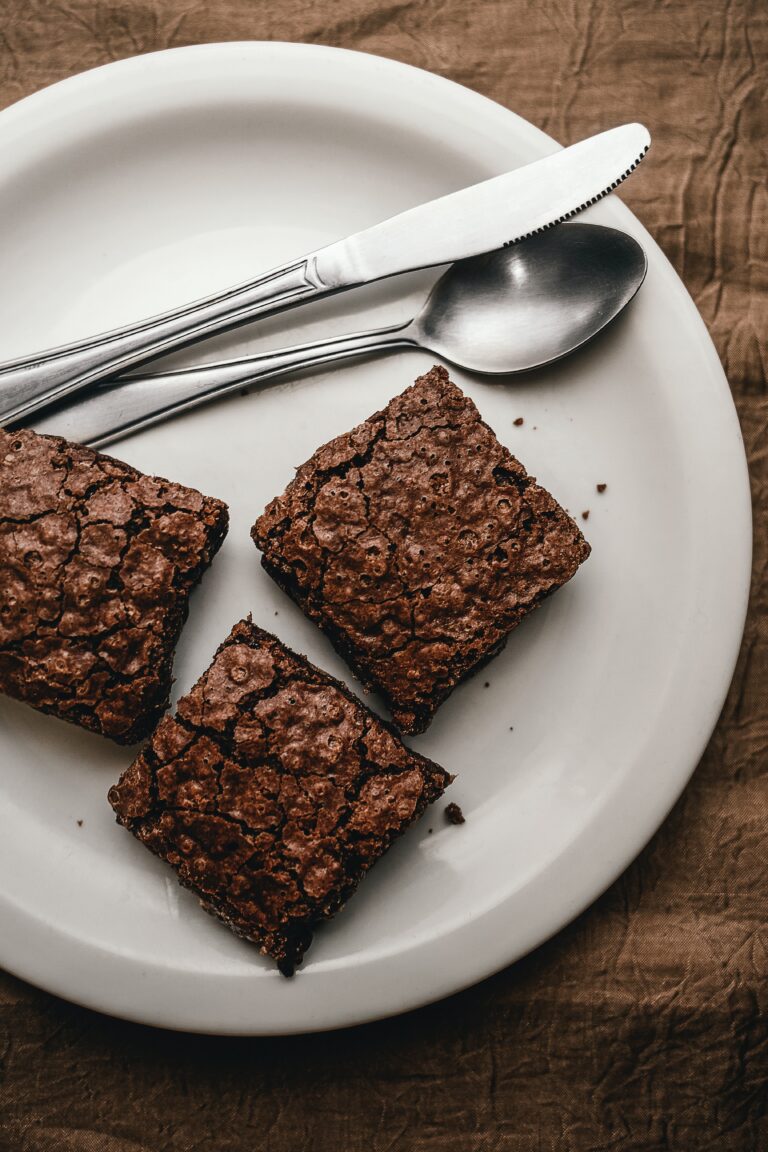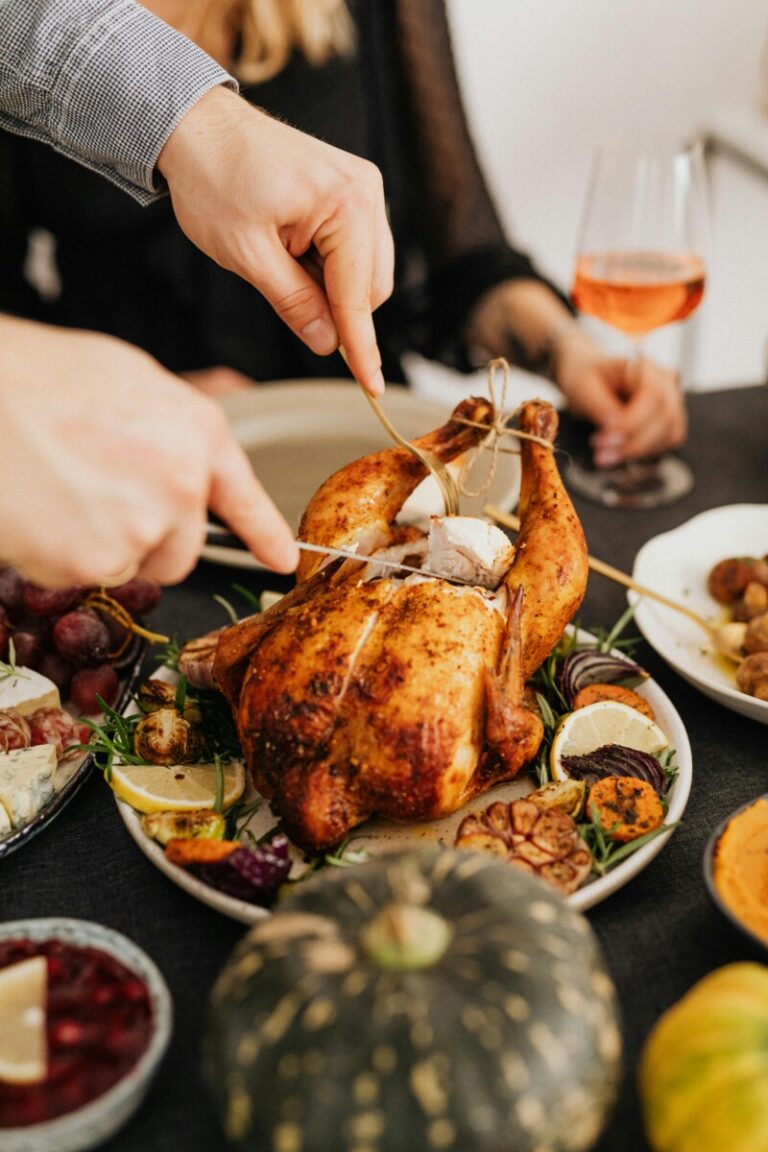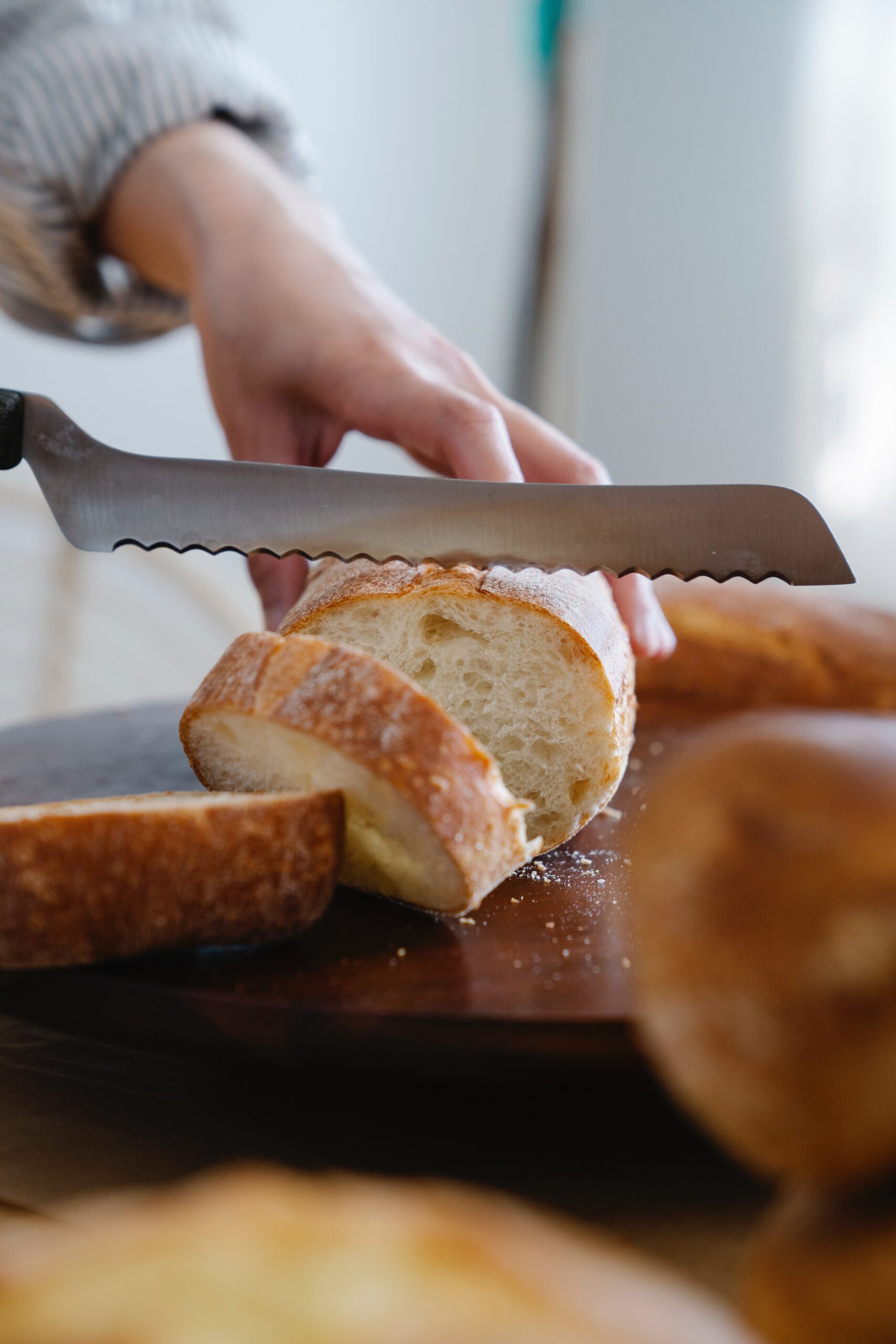
In the world of kitchen tools, one of the most underrated yet indispensable items is the serrated bread knife. Whether you’re a professional chef or a home cook, this unique design serves a specific purpose that can elevate your culinary skills to a whole new level. In this blog post, we will explore why you need a bread knife, what to look for in a good bread knife, how to handle it, and how to care for and sharpen this essential tool.
Why You Need a Bread Knife
The serrated bread knife, also known as a serrated blade or a serrated edge knife, is the best choice for one simple reason: it can cleanly cut through bread like no other blade. When it comes to slicing crusty loaves of bread, this kitchen essential truly shines. Unlike straight-edged blades, the serrated edge of the bread knife features sharp teeth that grip and penetrate the tough crust, while the soft interior is left unharmed.
But it’s not just for crusty bread – a good bread knife is also perfect for soft bread, delicate pastries, and even ripe tomatoes. The serrated edge prevents squishing and tearing, leaving you with clean slices and perfect results. From tough exteriors to soft insides, a serrated bread knife handles various types of bread and other food items with ease, making it an essential tool for your kitchen.
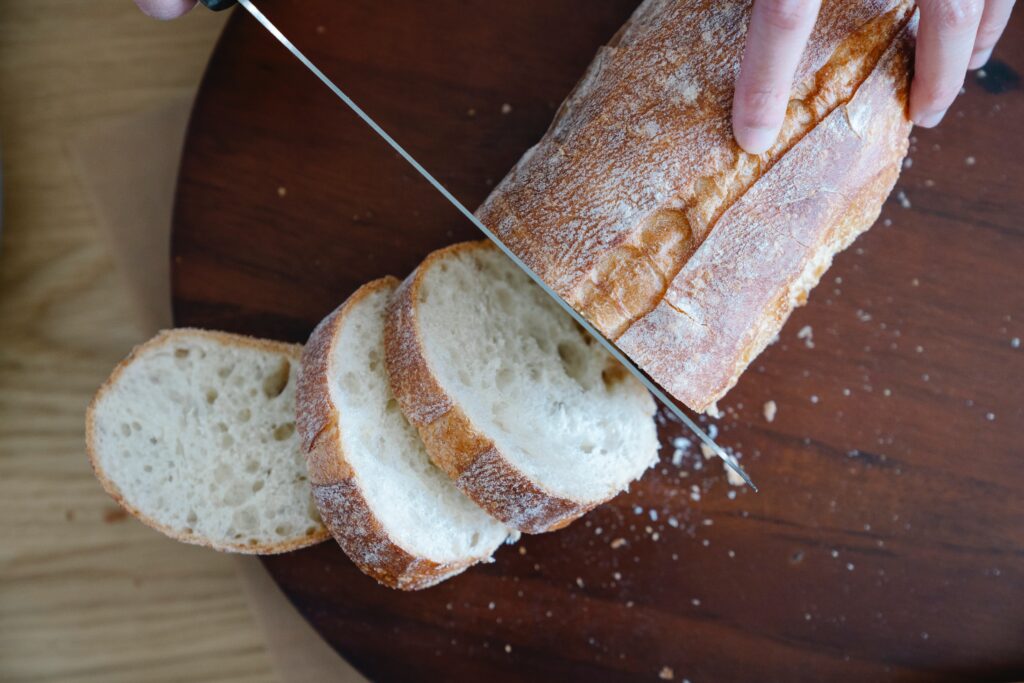
How Important is a Good Bread Knife?
A good bread knife is essential in the kitchen, and its importance cannot be overstated, whether you’re a professional chef or a home cook. Here are several reasons why a good bread knife is so crucial:
1. Clean and Precise Cuts: A high-quality bread knife with sharp serrations ensures clean and precise cuts. It can effortlessly slice through the tough crust of bread while keeping the soft interior intact. This results in beautiful, even slices that enhance the presentation of your dishes.
2. Versatility: While bread knives are primarily designed for bread, they are remarkably versatile. They can also be used to slice through delicate pastries, soft fruits, and ripe tomatoes without crushing or tearing them. This versatility makes a bread knife a valuable addition to any kitchen.
3. Reduced Crumbs: The serrated edge of a bread knife minimizes the production of crumbs when cutting through baked goods. This is especially important when you’re dealing with delicate cakes or pastries, where minimizing crumbs is essential for the final presentation.
4. Safety: Using the right tool for the job is crucial for safety in the kitchen. When cutting bread with a non-serrated knife, there’s a risk of the knife slipping or causing the bread to compress, potentially leading to accidents. A bread knife reduces these safety risks.
5. Time and Effort Savings: A good bread knife makes your kitchen tasks more efficient. It requires less force to cut through bread, meaning you can complete your food preparations more quickly and with less physical effort.
6. Uniform Slices: Whether you’re a professional chef aiming for consistency in your dishes or a home cook looking to impress your guests, a good bread knife helps you achieve uniform slices. This is particularly important for sandwiches, toasts, and other dishes where uniformity matters.
7. Specialized Design: Bread knives are specifically designed for the unique challenges posed by bread and other similar foods. Their serrated edge allows them to grip the surface and cut through it without applying much downward pressure. This design is far more effective than using a standard chef’s knife or a straight-edged blade.
8. Durability and Longevity: High-quality bread knives are built to last. They often have stainless steel blades that resist staining and corrosion, ensuring that your investment will provide years of reliable service with proper care.
What to Look for in a Good Bread Knife
Not all serrated knives are created equal, so when you’re in the market for the best bread knife, here are some key factors to consider:
- Blade Length: Look for a bread knife with a longer blade, typically around 8 to 10 inches. The length of the blade allows for better results when slicing through large or irregularly shaped loaves.
- Sharpness: A high-quality bread knife should have a sharp edge with well-defined serrations. The sharp serrations ensure a clean cut without applying too much downward pressure.
- Handle Design: Opt for a knife with a comfortable handle, preferably with a wooden handle for a secure grip. A comfortable grip is essential when using a bread knife for extended periods.
- Blade Material: The best serrated knives typically have a stainless steel blade, which resists staining and corrosion. This material also ensures durability and longevity.

Types of Bread Knives
When it comes to bread knives, there are several types available, each designed to cater to specific preferences and needs. Here’s an overview of the most common types of bread knives:
- Serrated Bread Knife: The serrated bread knife, often simply referred to as a bread knife, is the most common type. It features a long, serrated blade with sharp teeth that are perfect for cleanly cutting through bread crusts without compressing the soft interior.
- Offset Bread Knife: An offset bread knife is similar to a standard serrated bread knife, but it has an offset handle. This design allows your hand to stay clear of the cutting board, providing better knuckle clearance and preventing your hand from touching the food.
- Scalloped Bread Knife: Scalloped bread knives have rounded or scalloped serrations rather than pointed teeth. These knives are excellent for delicate baked goods like cakes, as they minimize crumbs and provide clean, precise cuts.
- Double-Serrated Bread Knife: Double-serrated bread knives have serrations on both sides of the blade. This design can be especially useful for left-handed individuals, as it allows for clean cuts in either direction.
- Bread and Cake Knife: Bread and cake knives are versatile tools that combine serrations with a long, narrow blade. They are suitable for slicing both bread and cakes, making them a great all-purpose option for the kitchen.
- Electric Bread Knife: Electric bread knives feature a serrated blade that vibrates or rotates using an electric motor. These knives are handy for cutting through large quantities of bread or other foods quickly and with minimal effort.
- Scoring Knife: Scoring knives have a thin, sharp blade designed for scoring bread dough before baking. They help create decorative patterns on the bread’s crust while allowing it to expand and rise evenly during baking.
- Tomato Knife: While not exclusively a bread knife, some tomato knives have serrated blades that can also be used for bread. They are excellent for slicing tomatoes and other soft-skinned fruits while being versatile enough for light bread-cutting tasks.
- Baguette Knife: Baguette knives are designed for cutting long, narrow loaves like baguettes. They often have a narrow blade with special serrations that make it easier to achieve clean, straight cuts.
- Custom and Specialty Bread Knives: Some knife makers offer custom or specialty bread knives with unique designs or features. These knives can vary widely in terms of appearance, materials, and performance.
How to Handle and Maneuver a Bread Knife
Using a bread knife effectively requires a specific technique to achieve clean and precise cuts. Here’s how to maneuver a bread knife for the best results:
1. Select the Right Knife: Ensure you have a good quality bread knife with a sharp serrated edge. A longer blade (typically 8 to 10 inches) is usually preferable for cutting various types of bread.
2. Prepare Your Work Surface: Place the bread or other food item you want to cut on a stable cutting board. Make sure the cutting surface is secure to prevent accidents.
3. Hold the Knife Properly: Grip the handle of the bread knife with your dominant hand. The handle should feel comfortable in your hand, and a wooden handle often provides a secure grip.
4. Position Your Non-Dominant Hand: Your non-dominant hand plays a crucial role in guiding the knife. Place it on top of the food item, keeping your fingers slightly tucked away to avoid accidents.
5. Start with the Tip: Position the pointed tip of the bread knife at the spot where you want to begin your cut. It’s often helpful to start at one end of the bread or food item.
6. Apply Gentle Pressure: Rather than using a lot of force, let the sharp serrations of the bread knife do the work. Apply gentle downward pressure, allowing the teeth of the knife to penetrate the food’s surface.
7. Use a Sawing Motion: Instead of a rocking motion commonly used with chef’s knives, use a gentle sawing motion. Move the knife back and forth with smooth, controlled strokes. Ensure the serrated edge remains in contact with the food.
8. Keep a Consistent Angle: Maintain a consistent angle while cutting. This helps ensure even and uniform slices. For most bread knives, a slight angle, about 45 degrees to the surface of the food, works well.
9. Continue the Cut: Keep moving the knife through the food item, maintaining the same technique throughout. If necessary, reposition your non-dominant hand to guide the knife along the desired path.
10. Complete the Cut: When you reach the end of the food item, gently lift the knife to release it from the food’s surface, and then carefully remove the cut slice.
11. Repeat as Needed: If you have more slices to cut, repeat the process, ensuring each cut starts with the tip and maintains a consistent angle and sawing motion.
Remember to practice and be patient when mastering the art of using a bread knife. With time and experience, you’ll become more skilled at achieving clean and precise cuts, whether it’s for a crusty loaf of bread or delicate pastries. Proper technique not only ensures aesthetically pleasing slices but also prevents injuries and mishaps in the kitchen.
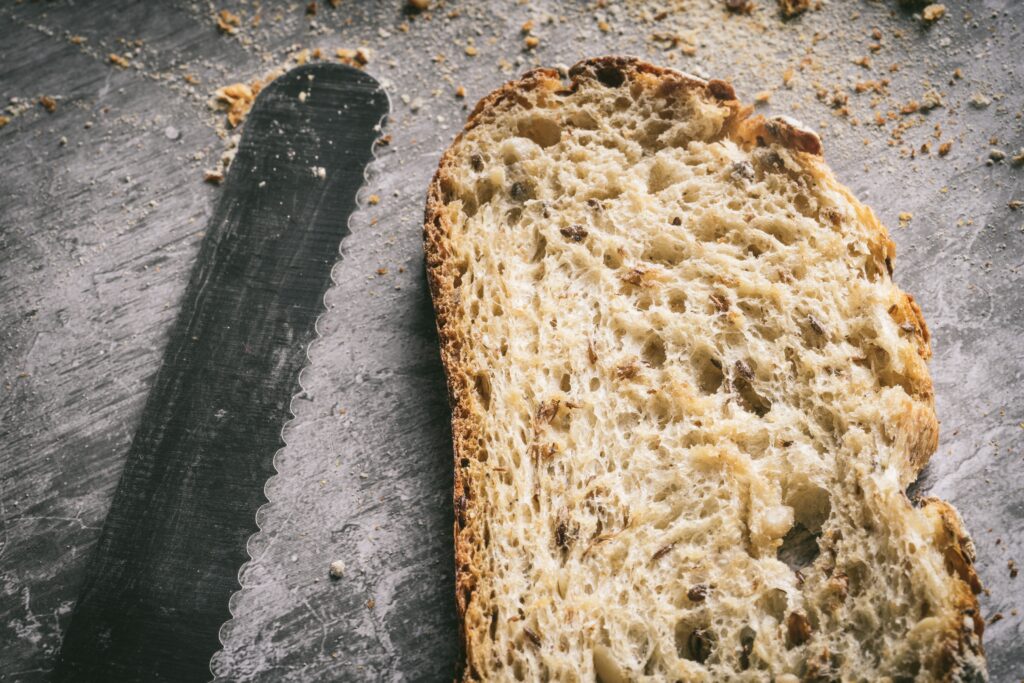
How to Care for and Sharpen a Bread Knife
The good news is that high-quality bread knives often maintain their sharpness for a long time due to their unique serrated design. However, even the best bread knives will eventually require sharpening. When it’s time to do so, you can follow these simple steps:
- Use a sharpening rod designed for serrated blades or a sharpening stone with a straight edge.
- Gently run the rod or stone along the serrated edge of the bread knife, following the contour of the serrations.
- Repeat this process until you’ve sharpened all the serrations.
- After sharpening, wash the knife with warm water and a soft cloth.
With proper care and maintenance, your bread knife will continue to serve you well for many years, providing you with the perfect tool for slicing everything from tough crusts to soft fruits and delicate pastries.
Frequently Asked Questions
Why are bread knives serrated?
Bread knives are serrated because the serrations grip and penetrate the tough crust of bread, allowing for clean and precise cutting while keeping the soft interior intact. This unique design minimizes compression and prevents tearing, resulting in beautifully sliced bread and other foods.
Does a bread knife get dull?
Yes, a bread knife can get dull over time with regular use. However, it tends to maintain its sharpness for a longer duration compared to straight-edged knives due to its serrated blade design. Proper care and occasional sharpening can help keep a bread knife in optimal cutting condition.
What else can you use a bread knife for?
A bread knife can be used for slicing a variety of foods beyond bread, including delicate pastries, soft fruits, ripe tomatoes, cakes, and even sandwiches. Its serrated edge minimizes crushing and tearing, making it a versatile tool in the kitchen.
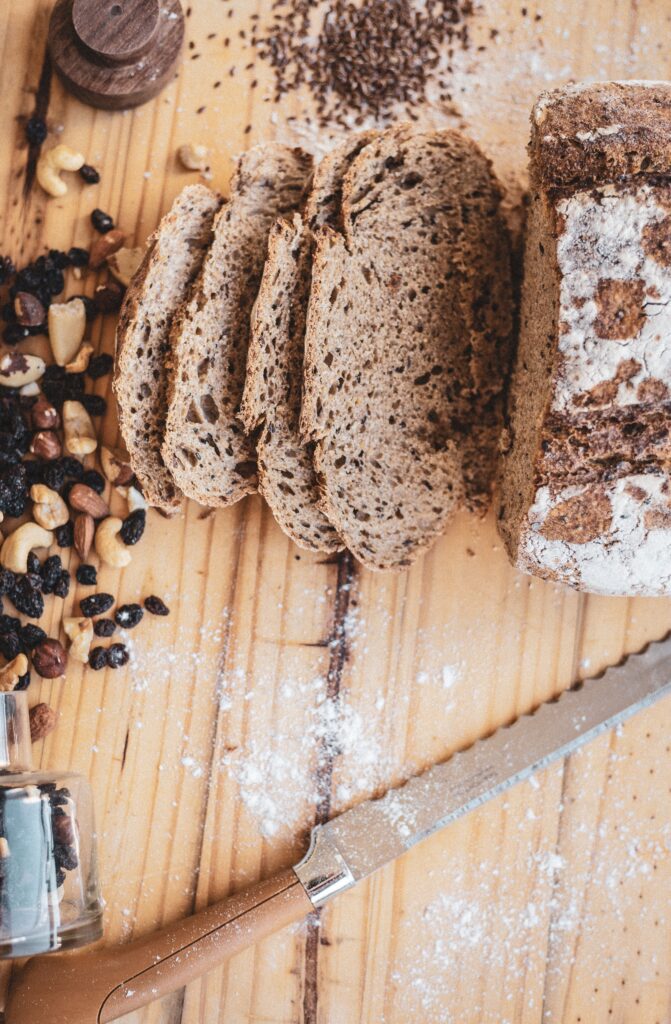
Final Thoughts
In conclusion, a serrated bread knife is an essential kitchen tool for any cook, professional or amateur. Its unique design allows it to excel in cutting various types of bread and other food items with ease, leaving you with clean slices and perfect results. So, if you haven’t already added a good bread knife to your collection of kitchen knives, now is the time to do so. You’ll wonder how you ever managed without it!

Christopher is a food and lifestyle expert, recipe developer and the content creator behind May Eighty Five. With years of experience in the kitchen, he also shares tips, tricks and how to’s that he has learnt over the years. Every week, he shares quick, simple and mostly healthy recipes along with some home and entertaining tips. You will find flavorful cocktails, delicious appetizers, tasty mains and some indulgent desserts. As a home decor enthusiast, he also likes to share simple DIY projects and simple tips for a beautiful home.


